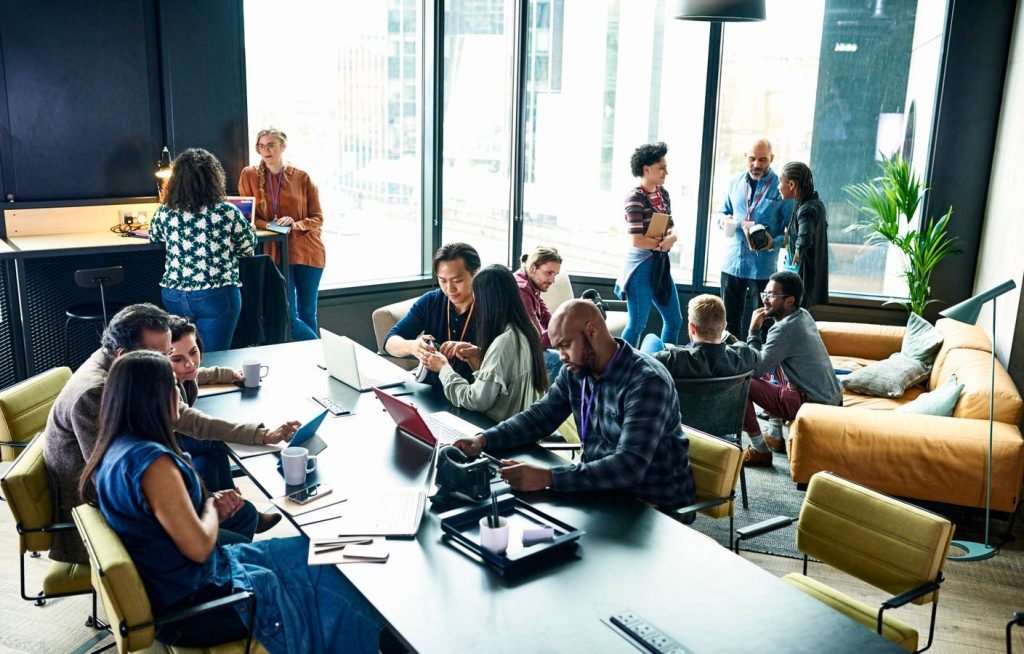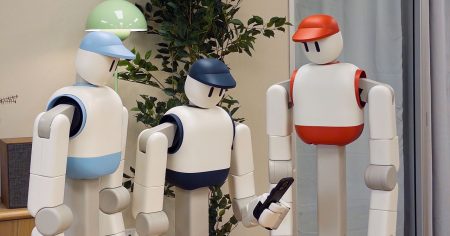Gilda is the founder and CEO of technology solutions and compliance consulting services company PQE Group.
In today’s fast-paced business world, small changes can lead to significant outcomes. As in nature, where simple interactions create complex systems, businesses operate within intricate networks. This is where the cultural model of complex adaptive systems comes in. It’s a pragmatic approach to navigating modern business challenges.
What makes this model different from the many organizational frameworks out there? Complex adaptive systems are composed of interacting components that adapt and evolve over time. They are found in nature, economies and societies. The cultural model emphasizes how shared beliefs, values, norms and symbols affect the behavior of agents within the system and shape its evolution.
Just as cells are the basic functioning units of an organism, in the CAS model, companies are the functioning units of an economy. Cells rely on signals from other cells to function properly within a tissue or organ, while companies depend on interactions with other businesses, customers and stakeholders to thrive.
Over time, organisms evolve in response to environmental challenges. So do companies. For example, a business may evolve in response to market demands and technological shifts by launching new products or restructuring.
Sources Of Company Evolution
Emergence: How New Patterns And Behaviors Emerge
Emergence describes how simple interactions at a micro level can result in complex structures and behaviors at the macro level. In the same way that individual ants following simple rules can collectively form complex and efficient colonies, individual behaviors and actions within an organization coalesce to form larger patterns or cultures.
Nonlinear Dynamics: Small Changes Leading To Significant Effects
As with the “butterfly effect” theory, where a small butterfly flapping its wings could hypothetically cause a tornado within a company, nonlinear, small actions or decisions can lead to disproportionately large outcomes, either positive or negative. This requires leaders to be mindful of even minor changes or decisions, as their impacts can be vast and unexpected.
Adaptation And Learning: The Role Of Continuous Learning And Adjustment
Like organisms that adapt to their environment over generations through natural selection, companies must continuously learn from the market and their competitors to adapt to changing business landscapes. Those who learn quickly and adjust their strategies outperform those who remain static.
Diversity And Interconnectivity: Enhancing Resilience Through Diversity
Diverse, interconnected ecosystems are more resilient because they do not rely on a single species or resource. Having a diverse workforce—comprising various skills, backgrounds and perspectives—delivers a broader range of ideas and solutions, boosting innovation and problem-solving capabilities. Interconnected relationships between departments or teams, and with suppliers, stakeholders and customers lead to greater resilience against disruptions.
Applying The Cultural Model To Manage Organizational Change
How can you practically apply complex systems principles to guide cultural shifts within your organization?
1. Diagnose culture. Before introducing change, assess the existing organizational culture to understand shared values, behaviors and practices. Surveys, focus groups and one-on-one interviews can help you gauge how employees feel and identify areas of concern.
Rather than imposing sweeping changes, consider starting with small but strategic interventions. For instance, tweaking a feedback mechanism or altering a specific workflow can lead to bigger organizational shifts. Through these nonlinear dynamics, the organization can begin shifting culture without upheavals.
2. Ensure continuous feedback. Establish regular feedback loops such as town hall meetings or departmental check-ins to gauge the effectiveness of change initiatives. This allows for corrections and ensures the process remains aligned with desired outcomes. It also promotes a culture where adaptability and learning from experiences are valued.
3. Encourage diversity and collaboration. Include voices from various departments, hierarchies and backgrounds to gain a comprehensive understanding of potential challenges and solutions. When teams collaborate, they pool diverse skills and encourage buy-in from different parts of the organization, making the change process smoother.
A Model Designed For Navigating Business Challenges
Modern organizations operate in an increasingly volatile and unpredictable environment. With its emphasis on adaptability, the cultural model provides a framework for resilience and competitiveness. It’s an approach that encourages businesses to tap into employees’ insights, experiences and ideas. By focusing on continuous learning and adaptability, it also prepares businesses to quickly incorporate and benefit from rapid advancements in technology.
Additionally, the emphasis on interconnectedness creates a synergy across the organization that enables greater business efficiency and effectiveness. Rather than seeking quick fixes or short-term gains, the cultural model is rooted in long-term sustainability. Respecting the complex interplay of discrete organizational components paves the way for consistent, sustainable growth.
Now, more than ever before, we need to move beyond traditional change management paradigms. Business leaders must equip their organizations with the tools to not just survive but flourish. In a world where the force of technological innovation cannot be contained, the values of the cultural model of complex adaptive systems provide a robust foundation to adapt, innovate and lead.
Forbes Business Council is the foremost growth and networking organization for business owners and leaders. Do I qualify?
Read the full article here










